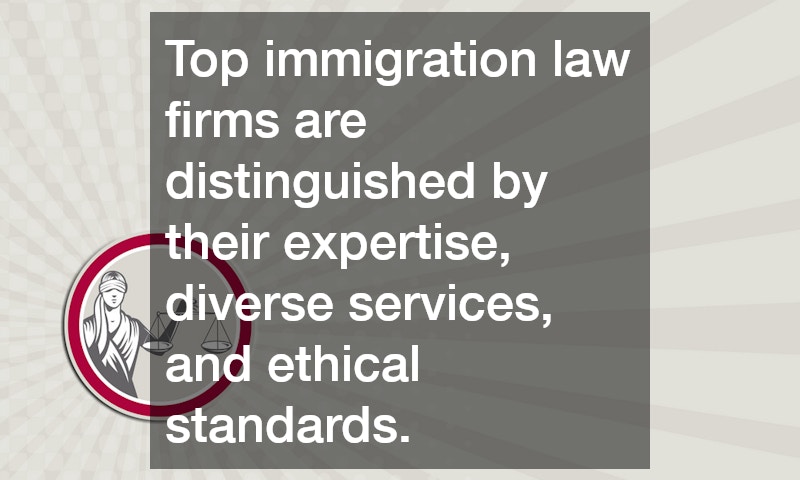• Improving staff efficiency by providing the right tools and training can help reduce the time spent on paperwork.
• Streamline technology utilization such as billing management, EHRs, document management, and wearables to help automate mundane tasks.
• Improving communication and collaboration between staff members is essential for streamlining processes in a hospital setting.
• Reducing wait times also contribute to improving patient experience and freeing up resources.
For hospitals, the quality of patient care is paramount. The more efficiently and effectively processes are managed, the better quality of care patients will receive. Streamlining your hospital processes can help ensure you provide the best patient care possible. Here are some tips on streamlining your processes for better patient care.
1. Improving Staff Efficiency
One of the essential aspects of streamlining hospital processes is improving staff efficiency. This means giving staff members the tools to do their job quickly and accurately, such as access to a secure network, efficient scheduling systems, and up-to-date hardware and software. Additionally, ensuring everyone is trained in using all new tools or systems as quickly and thoroughly as possible is essential. When your staff is well-equipped and well-trained, they can spend less time dealing with paperwork and focus more on patient care.
When staff members also have access to comprehensive patient records, they can quickly and accurately assess the situation and provide more effective care. So updating and maintaining a secure electronic record system is also essential. They can also use this system to view the patient’s history and recent treatments, which helps them make better decisions about current care.

2. Streamlining Technology Utilization
Streamlining technology utilization is key to improving overall process efficiency in a hospital setting. Hospitals should focus on leveraging existing technologies and investing in newer technologies that can help automate mundane tasks. Consider the following tech solutions:
a. Billing Management
Automated billing management systems can help reduce errors in filing insurance claims, leading to faster reimbursements. There are also physician medical billing solutions that can streamline the process and provide HIPAA-compliant data storage. These systems provide automated billing and coding, eliminating manual work and saving time.
b. Electronic Health Records (EHRs)
EHRs provide a comprehensive view of patient data and can help streamline operations by providing secure access to patient’s medical records. As it reduces paperwork, EHRs can help improve patient care and speed up the decision-making process.
c. Document Management
Digitizing documents can save hospitals time, eliminating the need to search and sort paper files. Document management systems also provide secure patient data storage and better information organization.
d. Wearables
Wearable devices can provide significant health data to healthcare providers in real time, enabling them to make informed decisions more quickly and accurately. Wearables can also monitor patient conditions remotely and alert healthcare providers if something changes.

3. Improving Communication and Collaboration
Improved communication and collaboration between staff members are essential for streamlining processes in a hospital. Implementing secure messaging systems and collaborative tools can help teams communicate quickly and efficiently. Additionally, regular meetings with staff to review procedures and how they can be improved can help foster collaboration among teams.
When improving communication, it’s also essential to ensure all staff members have access to the same information. By ensuring everyone is on the same page and can access the right resources, processes can be completed with greater accuracy and speed. You should also ensure staff members are aware of any changes to processes or systems so they can be implemented quickly and easily.
4. Reducing Wait Times
Another factor in streamlining processes is reducing wait times for patients. Hospital wait times often cause significant stress for patients and their families, leading to decreased satisfaction with the hospital experience overall. To reduce wait times, hospitals should focus on creating an efficient system for checking in patients, tracking test results promptly, making referrals quickly and accurately, and ensuring timely follow-up visits and communications with patients after discharge or diagnosis.
By cutting down on these wait times, hospitals can provide a much better patient experience while freeing up resources that can be used elsewhere in the hospital system. Hospitals can consider using automated check-in solutions, implementing appointment reminders, and streamlining patient referrals.
Streamlining processes at a hospital requires careful consideration of both current practices being utilized as well as potential investments into new technologies that could improve overall performance metrics across multiple departments simultaneously. Reducing wait times, improving communication and collaboration between staff members, and streamlining technology utilization are all necessary steps in creating a more efficient system that can provide better patient care. With the right tools and processes in place, hospitals can ensure they are providing their patients with the best quality of care possible.

